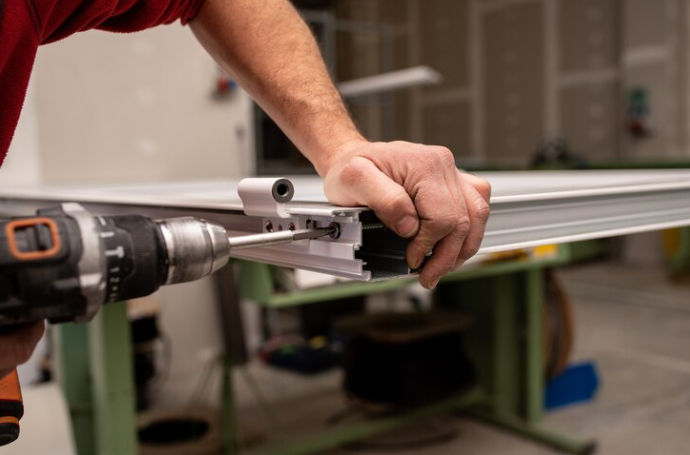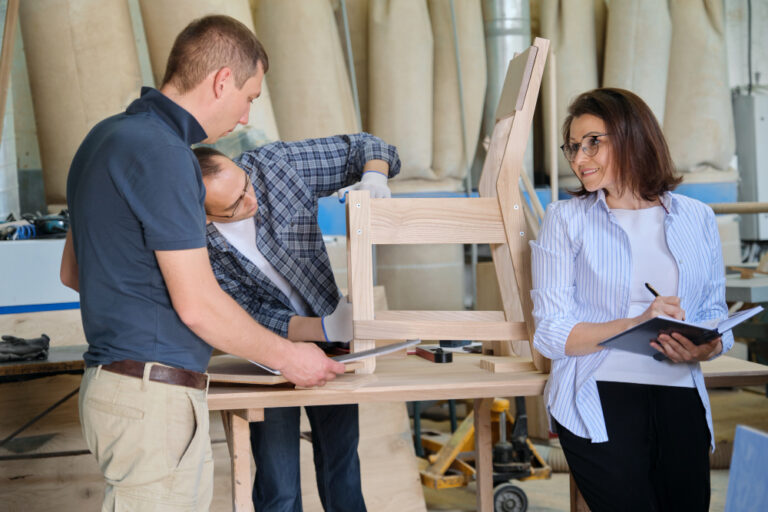Assess carbon.
Another one of our building hints and ideas is to employ a carbon assessment tool like EPIC, which EHDD just just unveiled. Early in the project cycle, it enables EHDD designers—and subsequently, their clients—to set carbon targets and identify the most effective methods.
“We see this as complementary to life-cycle assessment and product optimization tools like Tally and EC3, which are crucial later in design,” writes Brad Jacobson in an earlier article for gb&d.
The EPIC tool, which is presently undergoing beta testing, “brings together operational and embodied carbon impacts and potential sequestration measures, on a level playing field and measured over a project life cycle, so we can see more clearly where we get the biggest, and most immediate, bang for the buck,” according to Jacobson.
opt for a sustainable plumbing system.
An effective plumbing system will enable you to save money over time. According to Devin Abellon, PE, business development manager for engineering services at Uponor, cross-linked polyethylene pipes are a flexible, cost-effective polymer piping product for domestic water, hydronic distribution, and radiant heating and cooling applications for both residential and commercial applications. This makes PEX Pipes more environmentally friendly than copper and other piping materials.
A study comparing the economic and environmental performances of PEX and copper pipes across the life cycle of a student housing complex in Lancaster, Pennsylvania, was published in 2016 in the Journal of Cleaner Production. According to the analysis’s findings, switching to PEX piping systems from copper ones would significantly lower the building’s life-cycle costs by up to 63%, as well as its carbon dioxide emissions by about 42% and adverse environmental effects on land, water, and air.







